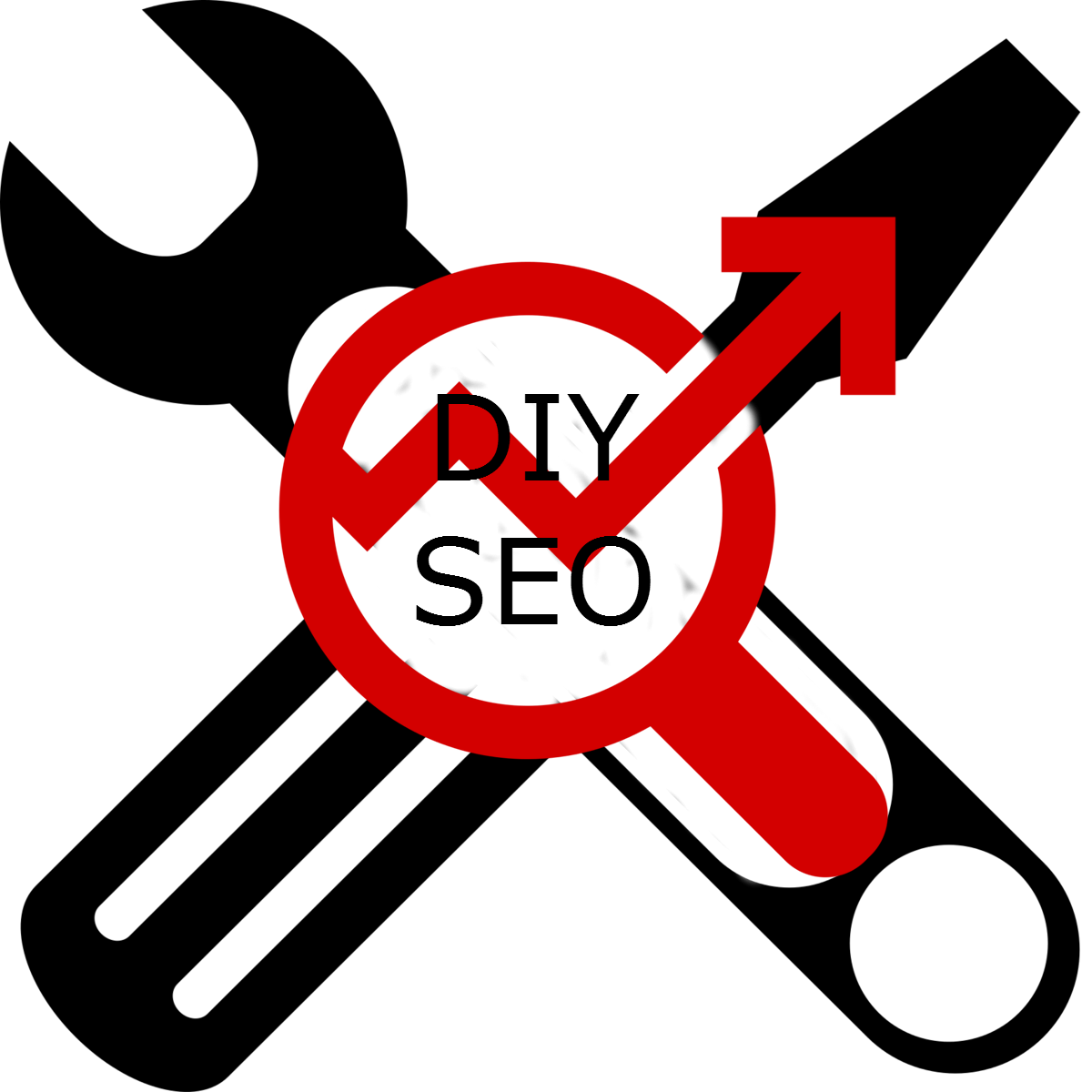
Your rivals will get a robust competitive advantage over your website if you don’t leverage product page SEO right now. A common misunderstanding in ecommerce is that customers first browse the homepage or a category page before moving on to a product page. However, potential buyers frequently generate a lot of organic traffic straight to product pages. Therefore, you’re losing out if your product pages don’t take the lead in your SEO plan. Below, we prepared an essential Ecommerce Product Page SEO Checklist for your online storefront. You’ll discover how to optimize ecommerce product pages for SEO by reading on. Keep in mind that you can implement most of these SEO enhancements by yourself, involving no third parties. Below, we show where to apply them if you run your ecommerce website on Magento or Shopify. Note that other ecommerce platforms (BigCommerce, Shopware, etc.) are similar.
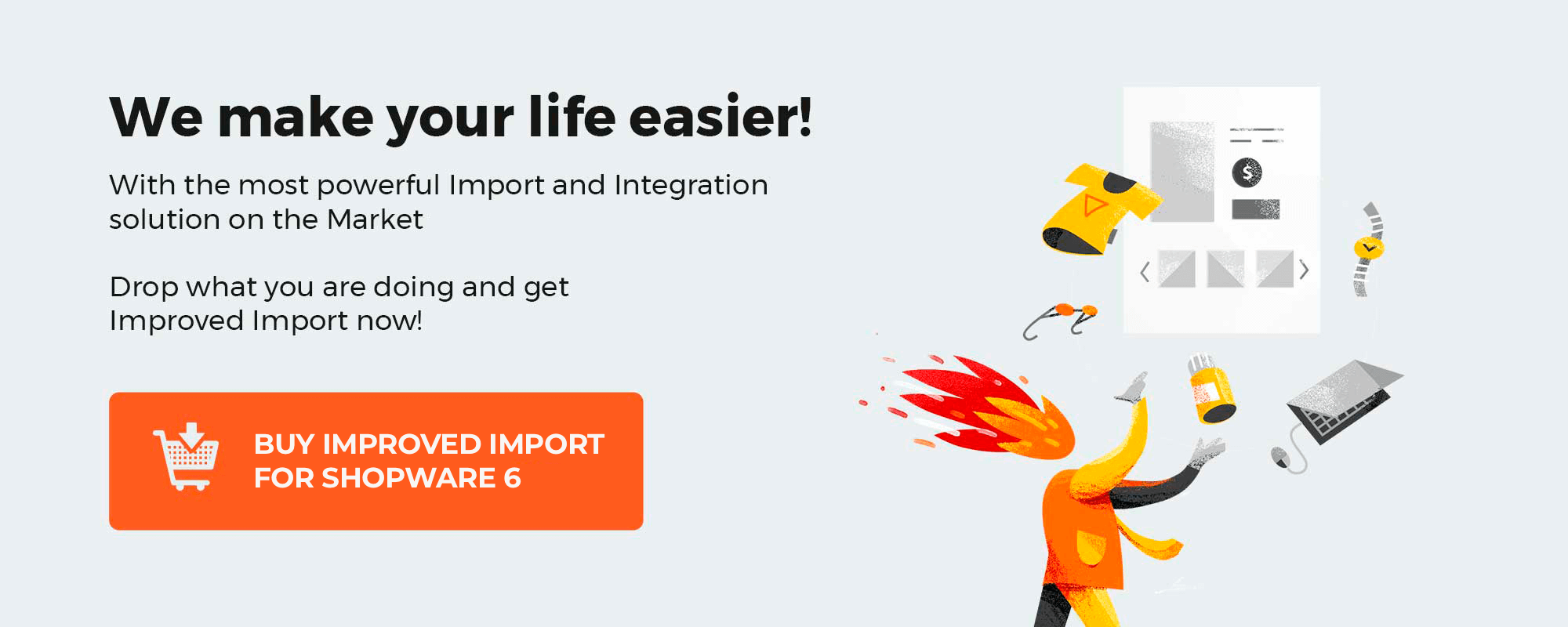
Table of contents
Why SEO for ecommerce product pages is slick but tricky
The nature of an ecommerce website prevents you from working on product pages in isolation when you try to enhance their SEO. It happens because your storefront is a solid piece. Consider it a book that consists of multiple chapters (categories). You cannot take a page out of it and treat it separately from the entire book.
That’s why search engines don’t view your ecommerce store that way either. Since site pages are interconnected and affect one another either positively or negatively, you need to look at your product page SEO on a large scale. Always remember that your entire store is evaluated – not a particular part. Still, you must work on each page element that provides any impact on SEO.
Considering that there are more than a dozen of such elements on each page (see our Ecommerce Product Page SEO Checklist below), and an average ecommerce site contains hundreds if not thousands of products, you will spend years optimizing the entire storefront. Or you need a huge SEO team. Otherwise, you will only be able to tackle some issues.
The good thing is that there is no necessity to do so. Instead of optimizing every store element, you must focus on the most successful product pages first and work on the things that have the most impact. What are they, you will ask? See our product page SEO checklist.
Ecommerce Product Page SEO Checklist
Below, you will find the most important ecommerce product page elements that impact SEO greatly. You will learn what site elements should be optimized and which of them require no external help for applying basic SEO. More detailed recommendations on how to optimize ecommerce product pages for SEO working with the checklist items are available in the next chapter.
| Site element | Recommendation |
| Page load speed (third-party help may be required) | Test your website, find bottlenecks, and implement performance improvements to optimize product pages for SEO. Page speed has long been a ranking factor for Google. |
| Product title | Align product names with your keyword strategy. |
| Page URL | Make product page URLs illustrative, easy-to-read, and constant, but at the same time brief. Use only lowercase characters and include categories before the URL slug with the product name. |
| Meta information | Make your product page meta title and description easy to read and unique. Use keywords related to your product title in both. Place CTAs in meta descriptions. Don’t exceed the recommended length: 30-60 characters for the title and 70-155 characters for the description. |
| Headings | Use the H1 heading for your product page title and H2 headings for other product page sections. Use a product name in one of the H2 headings if possible. |
| Product attributes (third-party help may be required) | Add a brand name, series name, model name, and other product attributes to the product page and link them with the corresponding sections of your website. |
| Product description | Incorporate closely related low-competition queries into your description and keep them informative, easy to read, and helpful. |
| Images | Add high-quality product images, product zoom, 360 view, and other features that display the product from all angles in detail. Use product names in image names and alt tags. Utilize compressed images in JPG or WebP format. |
| Breadcrumb navigation | Use breadcrumb navigation to display your website’s hierarchy and help both customers and search engine bots easily navigate between product and category pages. |
| Related products | Display blocks with related products, up-sells, and cross-sells to strengthen ecommerce product page SEO by enhancing your internal link structure. |
| Product reviews | Use Product and Review Schema markup to receive enhanced snippets in search results. |
| FAQ section | Use keywords in your FAQ section. Utilize Schema markup for FAQ pages. |
| XML sitemap (third-party help may be required) | Add all store pages to your XML sitemaps. Create separate XML sitemaps for different content types. |
| Duplicate content | Mark the main page with a canonical URL that is the only indexed page among multiple similar or even identical pages. |
| Problematic products (third-party help may be required) | Keep products that will be restocked in the XML sitemap. Keep products that won’t be restocked but still have external links and traffic online as long as search demand is high. Use HTTP Status 410 for products that won’t be restocked and have no value.
Add orphan products to categories. |
How to optimize ecommerce product pages for SEO
Now, let’s see how to improve the SEO performance of ecommerce product pages in more detail:
Page load speed
Fast-loading ecommerce websites make more money. That’s all you need to know about the importance of your page load speed. Both customers and search engines love fast stores more than their slower competitors. Since page speed has long been a ranking factor for Google, optimizing ecommerce product pages for SEO without conducting their audit and applying performance enhancements is much less efficient.
If you want to create a new ecommerce website from scratch, remember that you should build it optimized for speed. Contact Modern Minds or another similar agency to get a fast and stable ecommerce storefront. Also, numerous companies can test your website, find bottlenecks, and implement performance improvements to make its product pages more SEO-friendly.
You can also use Google Page Speed Insights to see how fast your store is:
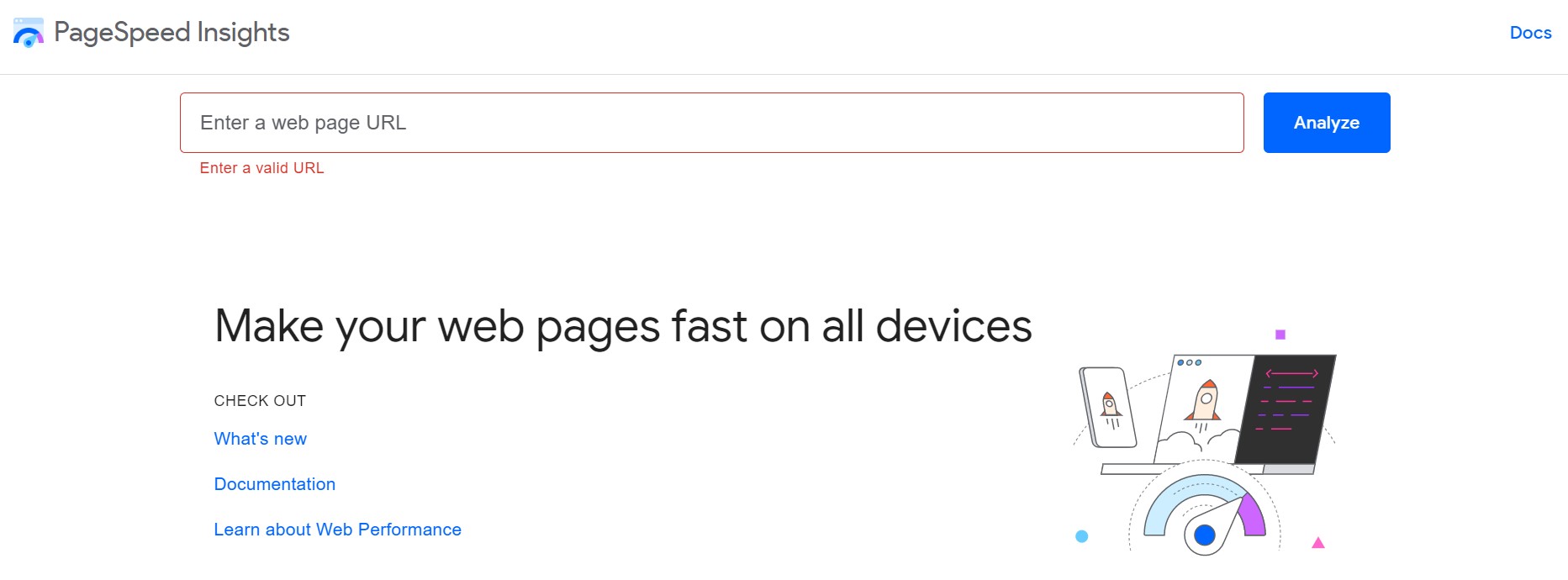
If your ecommerce website is fast enough, consider other product page SEO tactics:
Product title
The most obvious way to get more traffic to your product pages is to align product names with your keyword strategy. It will help your potential buyers find what they are looking for. You may need to combine the brand name, product name, model number, and useful product attributes such as color or size into long-tail keywords. Yes, such keywords are associated with the lowest number of inquiries, but they usually attract customers looking for particular items. And if your product page title is well-optimized and contains the object of the search, you will probably get a new order.
Below, you can see a section for a product title on a Magento Product details page:
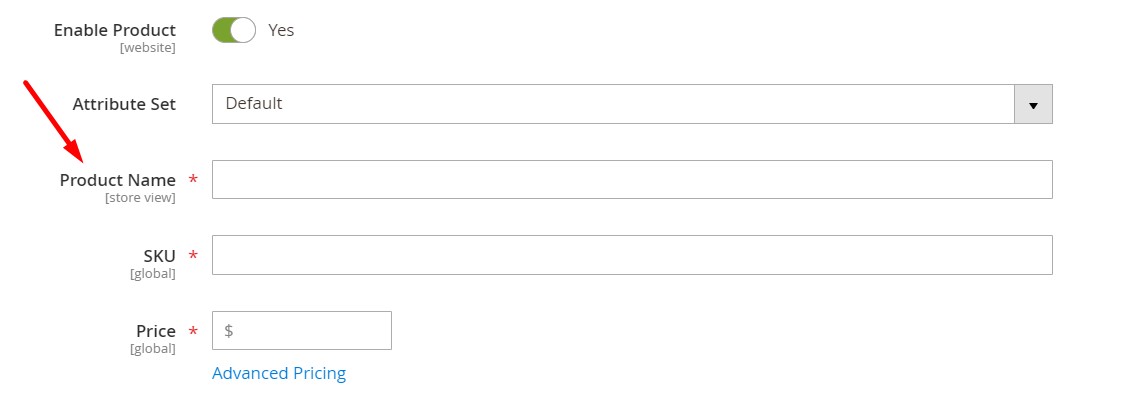
On Shopify, you can enhance product page SEO by applying optimized product titles on a product details page here:
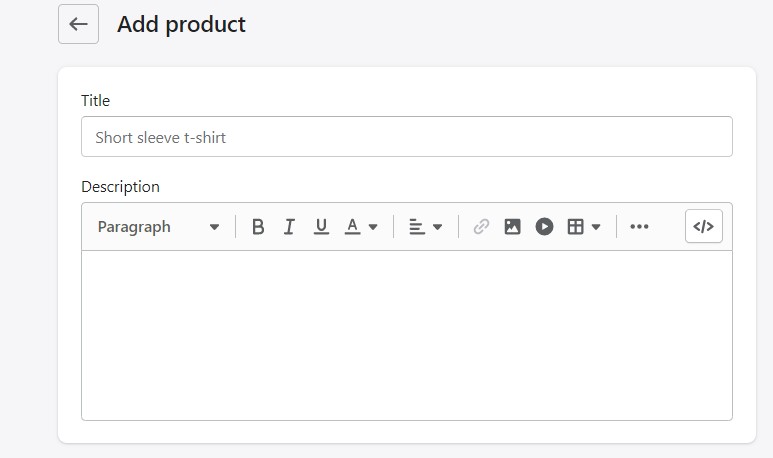
Page URL
A good product URL consists of your optimized product page title and a bunch of other elements. A sufficiently structured product page address helps both visitors and search engines what’s going on on the page and how your ecommerce website is structured. For instance, when the visitor sees a URL that reflects their search query on a snippet in Google, you will likely get more clicks and, as a result, new buyers. Specialists recommend following these simple recommendations when you optimize ecommerce product pages for SEO and work with URLs:
- Illustrative. Your potential buyers should understand what they are looking at.
- Easy to read. They should easily get all the information available in a link.
- Constant. The information should be consistent through all the link elements.
- Brief. Your product page URLs should not be too long.
- Lowercase. All characters should be lowercase.
When it comes to product page URLs, merchants often pay attention to their last part — the so-called URL slug. While it is the most important product page element, you still have to think about categories included in the page address. While using them may be associated with additional keywords, you will end up with too long URLs. They should follow your keyword strategy but also be brief.
Ecommerce platforms usually provide the ability to optimize product page URLs for SEO. Im Magento, the corresponding section looks as follows:

You can see the URL Key field above. As for Shopify, it introduces similar opportunities as follows via the URL handle section:
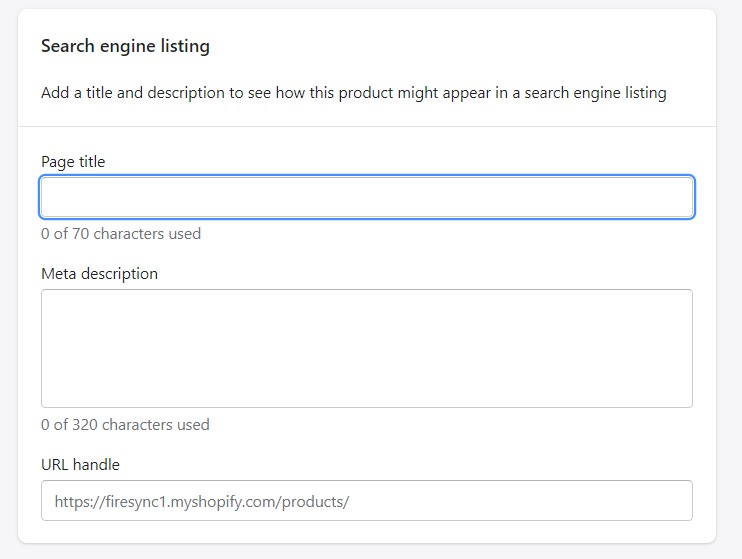
Meta information
Meta information is another obvious aspect of ecommerce product page SEO. It refers to the title tag and meta description that play a pivotal role in how well your product page not only ranks but display to searchers. But how to optimize ecommerce product pages for SEO with a good title?
Make your product page meta title easy to read and unique. Use keywords related to your product title. And don’t exceed the recommended boundaries of 30 – 60 characters.
As for optimizing product page SEO with a good meta description, it incorporates the same standards except that the preferred length range, which is between 70 and 155 characters. Note that some specialists recommend including a CTA in your meta descriptions.
Magento lets you also add meta keywords to optimize your ecommerce store pages for SEO:

Shopify is limited to the title ad description, which is fairly enough:

Also, you may dramatically simplify your product page SEO routine by using templates, especially if your product catalog is huge. Different SEO tools let you automatically generate meta titles and descriptions that can be edited manually for even better ecommerce product page SEO performance.
Headings
Headings on your product page are extremely important for both visitors and search engines. If you create them right, both your clients and search engine observers can quickly understand how your page is structured and, even more important, what information it contains.
Keep the following rules in mind while SEOing an ecommerce product page with headings:
- H1 heading – it is your product page title;
- H2 heading – it is all other product page sections:
- Features;
- Product description;
- Technical specification;
- Customer reviews;
- FAQ.
Using a product name in one of the H2 headings is also good for product page SEO. However, it may negatively impact the user experience, so apply this optimization carefully.
Product attributes
When merchants optimize ecommerce product pages for SEO, product attributes are often underestimated. However, they may play a key role in the product’s position in search results. Product attributes not only help you rank for queries around the product they also strengthen your internal link structure. Add a brand name, series name, model name, and other product attributes to the product page and link them with the corresponding sections of your website, such as the brand or series overview page. Keep in mind that product attributes were developed to provide useful information, but you can also harness them to strengthen your internal link structure by linking to corresponding category pages.
By default, Magento doesn’t provide the ability to link attributes to pages. That’s how the corresponding section on a product details page looks:
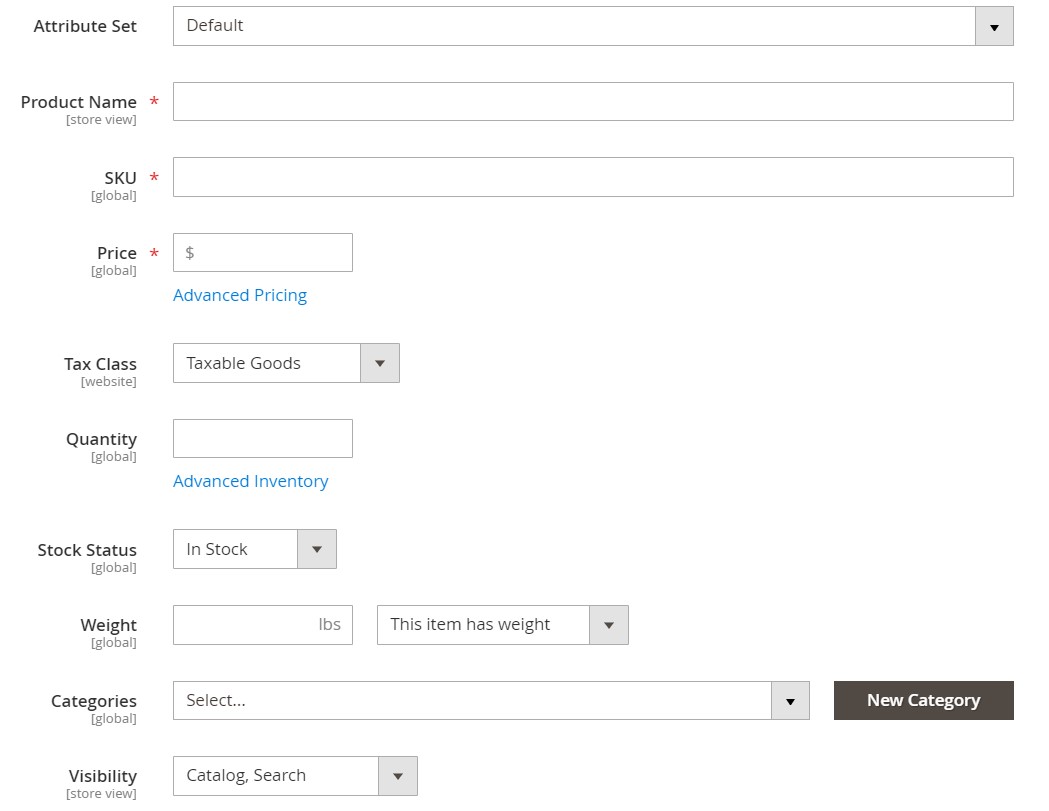
Therefore, you may need to get deep under the hood of your ecommerce website and ask for a developer’s help.
Product description
What’s the first thing that every customer pays attention to on a product page? Right! It is a product description. While a page URL, meta information, headings, and product attributes are extremely important, customers may not pay attention to them at all. But they always want to learn more about the product from the description on a product page. Although some specialists recommend creating personal and engaging descriptions, it doesn’t work for all cases. Sometimes, a description that is “too” engaging and personal may cause a negative reaction and prevent a customer from the purchase. It’s way better to briefly explain the product’s benefits and features, but you should feel your target audience to use product descriptions that resonate with your buyers.
Despite the selected style, it is always a good idea to optimize the ecommerce product page’s description for SEO. Try to incorporate closely related, low-competition queries into your definitions.
Adding a description is a built-in option in any admin interface. For instance, you can add both a description and a small description in your Magento admin in a separate section:
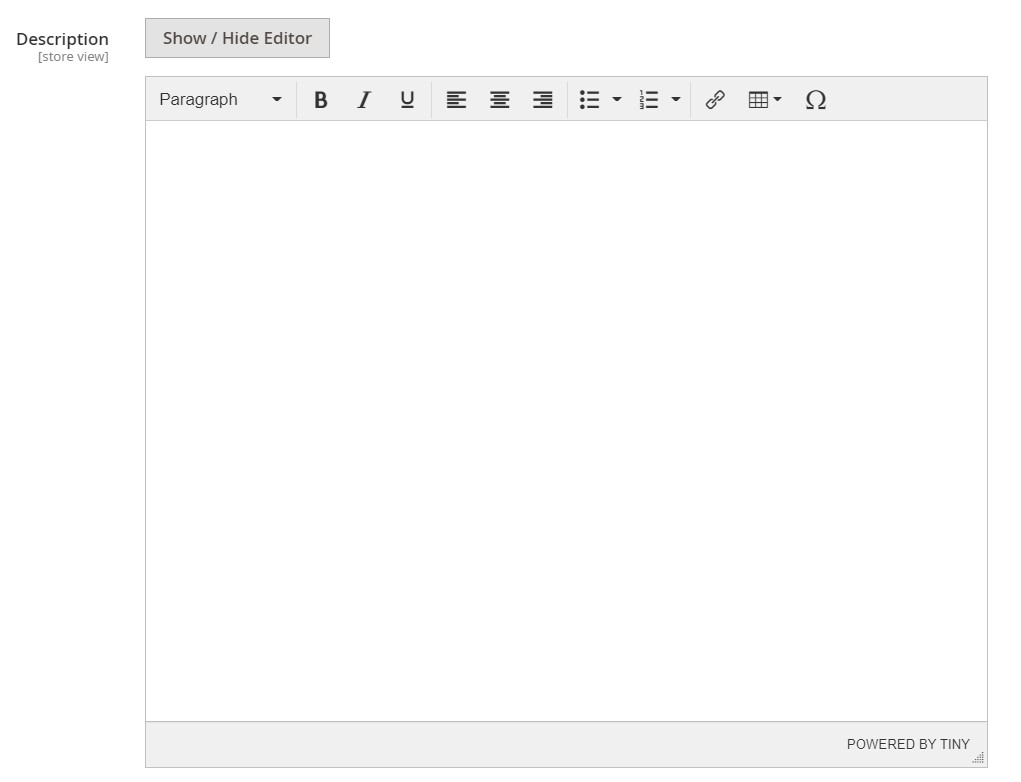
Shopify offers only one section:

Images
What do people do if they don’t want to read product descriptions? They proceed straight to the product’s media section. Therefore, it is vital to add high-quality product images, product zoom, 360 view, and other features that display the product from all angles in detail and are likely to improve conversion rates.
As for ecommerce product page SEO strategies, you can do a lot to make your images more efficient in terms of search engines. First of all, avoid using random characters in image names. Use product names instead. Never leave image alt attributes empty. You can add a product name there or its variation associated with a closely related search.
Utilize compressed images of the right size in JPG or WebP format and add them to an image XML sitemap. The product’s media should not slow down your product pages.
You can add your optimized images to Magento along with videos.

Shopify also lets you leverage 3D models. It means that your customer can leverage the 360 view functionality.
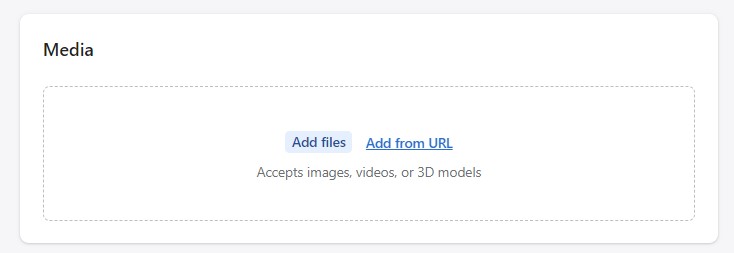
Both visitors and search engines are satisfied with strong breadcrumb navigation. While the former can quickly understand your website’s hierarchy and easily navigate between product and category pages, the latter get more internal links for a better understanding of your store. Note that well-structured breadcrumbs include the home page and all the categories that lead to a product page.
Related products
Related products, up-sells, and cross-sells are usually unnoticed if a buyer is confident in the purchase. However, many store visitors are not sure whether they want to buy the item represented on the product page or not. With the help of related products or other alternatives to the main item described on the product page, you may convert such potential customers into buyers.
At the same time, related products and other similar sections strengthen your internal link structure, improving the other products’ SEO.
Magento, for instance, lets you enhance product page SEO with related products, up-sells, and cross-sells by default:

Product reviews
Product reviews still matter. Even though there are millions of fabricated testimonials from non-existing buyers all over the ecommerce universe, your customers still trust the information in the comment section. To make it even more efficient, leveraged Product and Review Schema markup to provide extra context about your products to search engines, and receive enhanced snippets in search results. Customers will see them right on a search page and more likely proceed to your website.
Furthermore, customer reviews may occasionally contain additional information and keywords that may positively affect your ecommerce product page SEO.
Below, you can see a snippet of a product review that incorporates Schema markup:
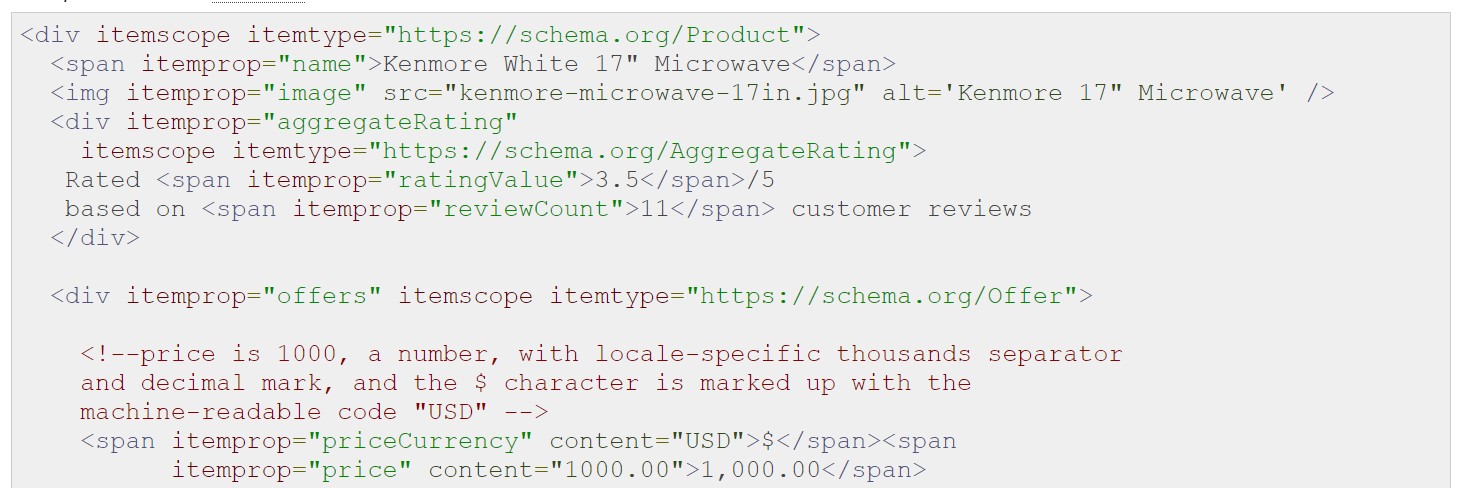
FAQ section
In addition to your product description, you may also add an FAQ section to your product pages, providing more interesting and valuable content. Also, this enhancement slightly reduces the load from your support team and helps you improve product page SEO. You can freely add keywords to both questions and answers. In a keyword explorer, you can discover what people’s inquiries are and how often they post them. And don’t forget to use Schema markup for FAQ pages to let your questions appear in search results.
And this is a Schema markup generator for FAQ pages by the On Top Marketing agency:
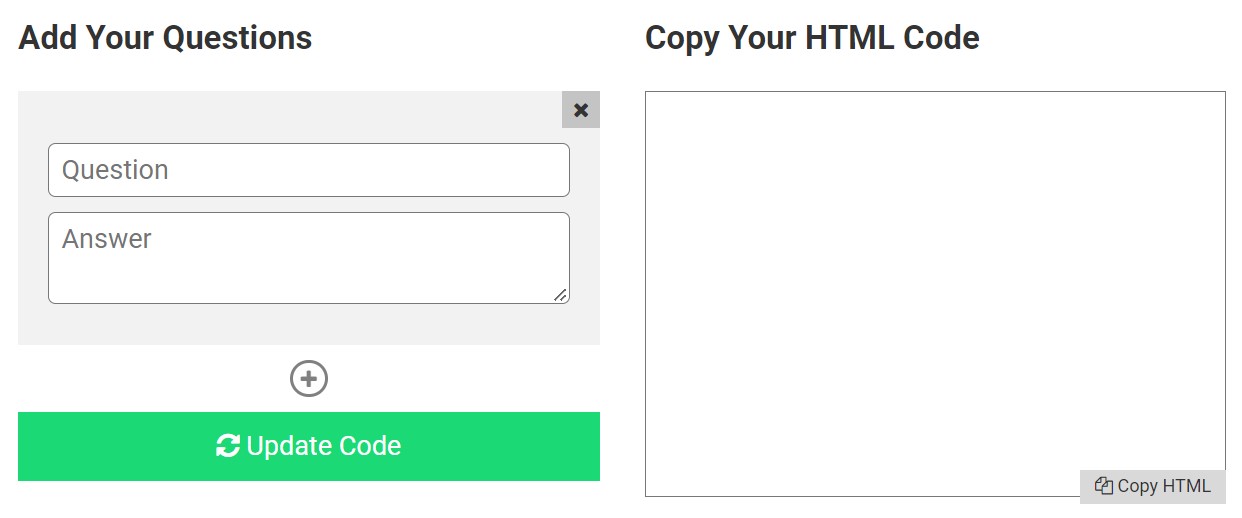
XML sitemap
While your customers never see your XML sitemaps, search engines leverage it to crawl and (re)index your store pages. Therefore, it is critical to add all store pages to your XML sitemaps. Some specialists recommend creating separate XML sitemaps for different content types, such as an XML sitemap for category pages, an XML sitemap for product pages, an XML sitemap for blog articles, etc.
As for XML sitemaps, you can find lots of different Magento extensions that help you organize this product page’s SEO aspect, such as Magento 2 XML sitemap extension by Amasty.
Duplicate content
In ecommerce, duplicate content is related to similar product pages available on multiple URLs on your website; for instance, the same item in different categories and landing pages. Because more than one URL shows the same content, search engines decrease the potential rankings for both URLs. To avoid this issue and decrease its negative impact on your store page SEO, you must use canonical URLs. A canonical URL is the URL of the representative page from a group of the same pages. Even if your multiple product variations are not 100% identical, use canonical URLs to point search engines to the “right” content. Choose your primary product variant and let other variants refer to it. This setup clearly states your indexing preferences.
Problematic products
There are two types of products that you should treat properly to avoid a negative impact on store SEO. Below, you will learn how to work with discontinued and orphan products while optimizing your ecommerce website and its product pages for SEO.
Discontinued products
Don’t miss the potential of discontinued products – items that are temporarily or permanently unavailable. Although they may still carry a lot of value, such as organic traffic or links from other domains, merchants often decide to hide them.
For products that will be restocked, keep them in the XML sitemap and on-site search but use the “out of stock” label and hide the price. Also, you need to remove the Offer property from the Product Schema markup. Otherwise, you will have to deal with Schema penalties.
For products that won’t be restocked and have no value, use HTTP Status 410.
For products that won’t be restocked but still have value, keep them online as long as search demand is high, displaying alternative products in a corresponding section. Cancel internal links to them, remove the products from the XML sitemap, don’t show them in on-site search, and leverage the robots noindex directive. Also, it is possible to implement 301 redirects to the most relevant alternative items.
Orphan product pages
Unlike discontinued products, orphan products are still available on your website but lack their parent category. Therefore, they are no longer a part of the site structure and have no internal links. Google not only ranks such pages lower but may completely de-index them. Therefore, you should add orphan products to categories.
Conclusion
You are essentially throwing money away by ignoring the ecommerce product page SEO guidelines described in this article. Start putting the excellent practices we’ve covered in this essay into practice, and you will dramatically improve not only the page rankings of your website but also enhance user experience. Since search engines have advanced so much, they now value the same things that site users do. So, applying best SEO practices to your ecommerce store means treating your buyers better.
Ecommerce Product Page SEO FAQ
What is product page SEO?
Under product page SEO, we assume a set of practices aimed at optimizing various product page elements with semantically relevant content that is enough to provide search engines with the understanding that a particular page should be displayed on a search engine result page.
Do ecommerce sites need SEO?
Every site needs SEO if its owner wants this site to be displayed on SERP, and ecommerce websites are not an exception. Ecommerce product page SEO lets Google knows precisely what your page is about so that your ecommerce site appears in search results and other SERP features.
Product tags are almost useless for SEO. Therefore, you won’t find them in our Ecommerce Product Page SEO Checklist. However, product tags are great for users who can better find and understand products with their help.
Is SEO still relevant in 2023?
SEO is the only method to get to search results pages. Of course, your website may appear there randomly with no optimizations. But chances are low, especially considering the intense competition in ecommerce. The fact that SEO worked perfectly fine in 2022, makes it a reliable method for 2023 as well.
Can I do SEO by myself?
Since some optimizations require no special skills, everyone can efficiently implement them. However, you will need to hire an outside agency to apply various advanced SEO techniques, such as performance audits and improvement. See our Ecommerce Product Page SEO Checklist to find things that can be immediately done on your ecommerce website.




